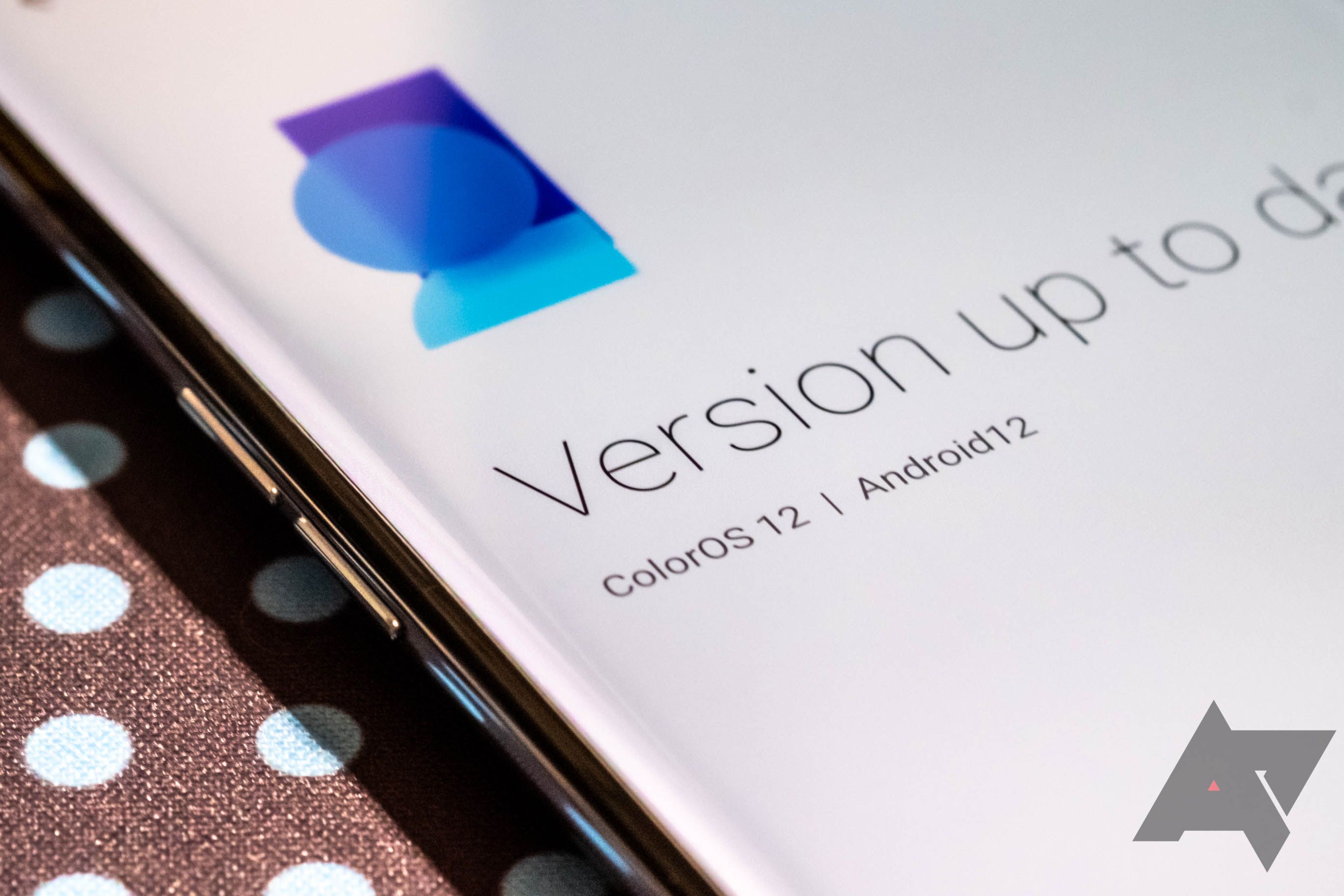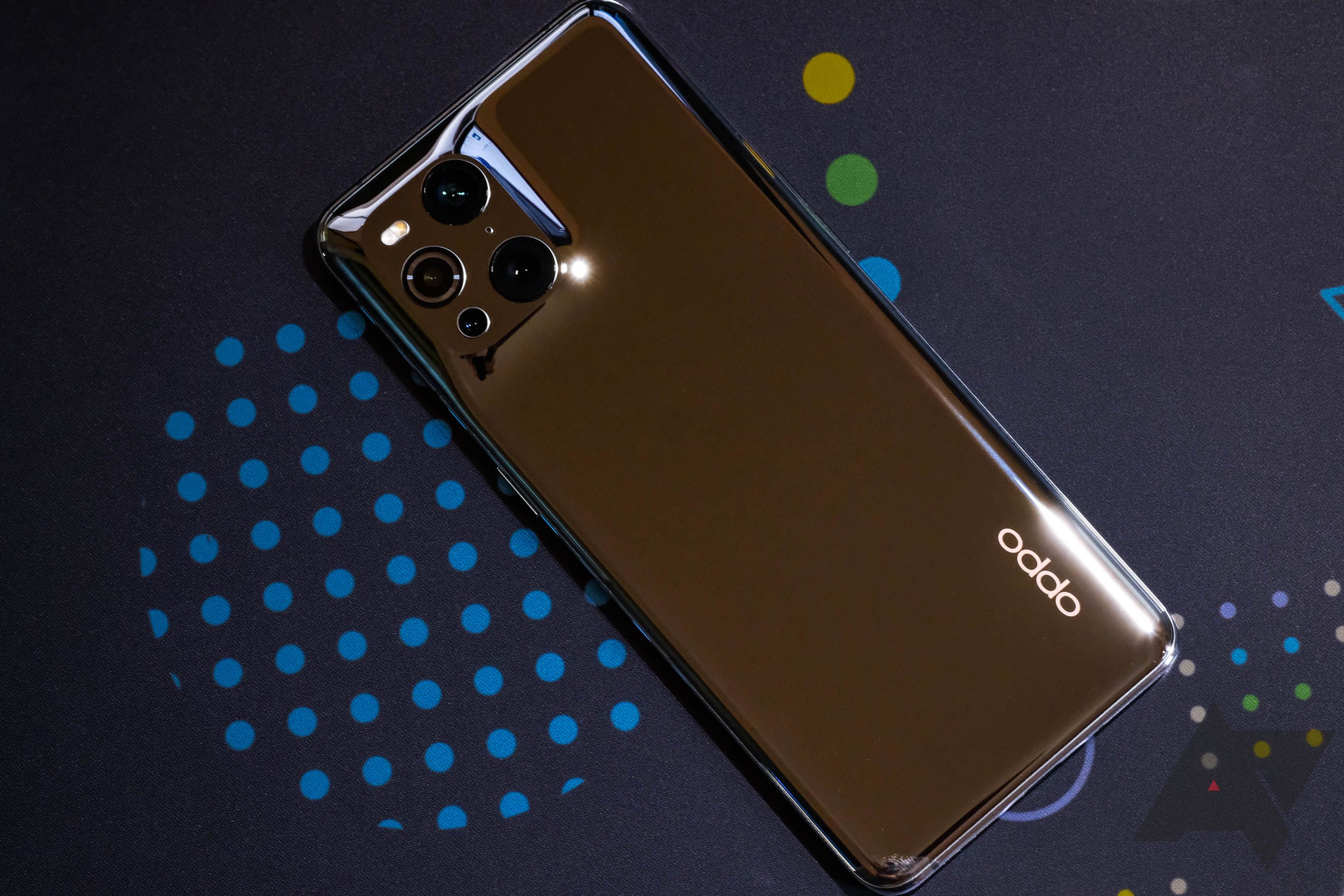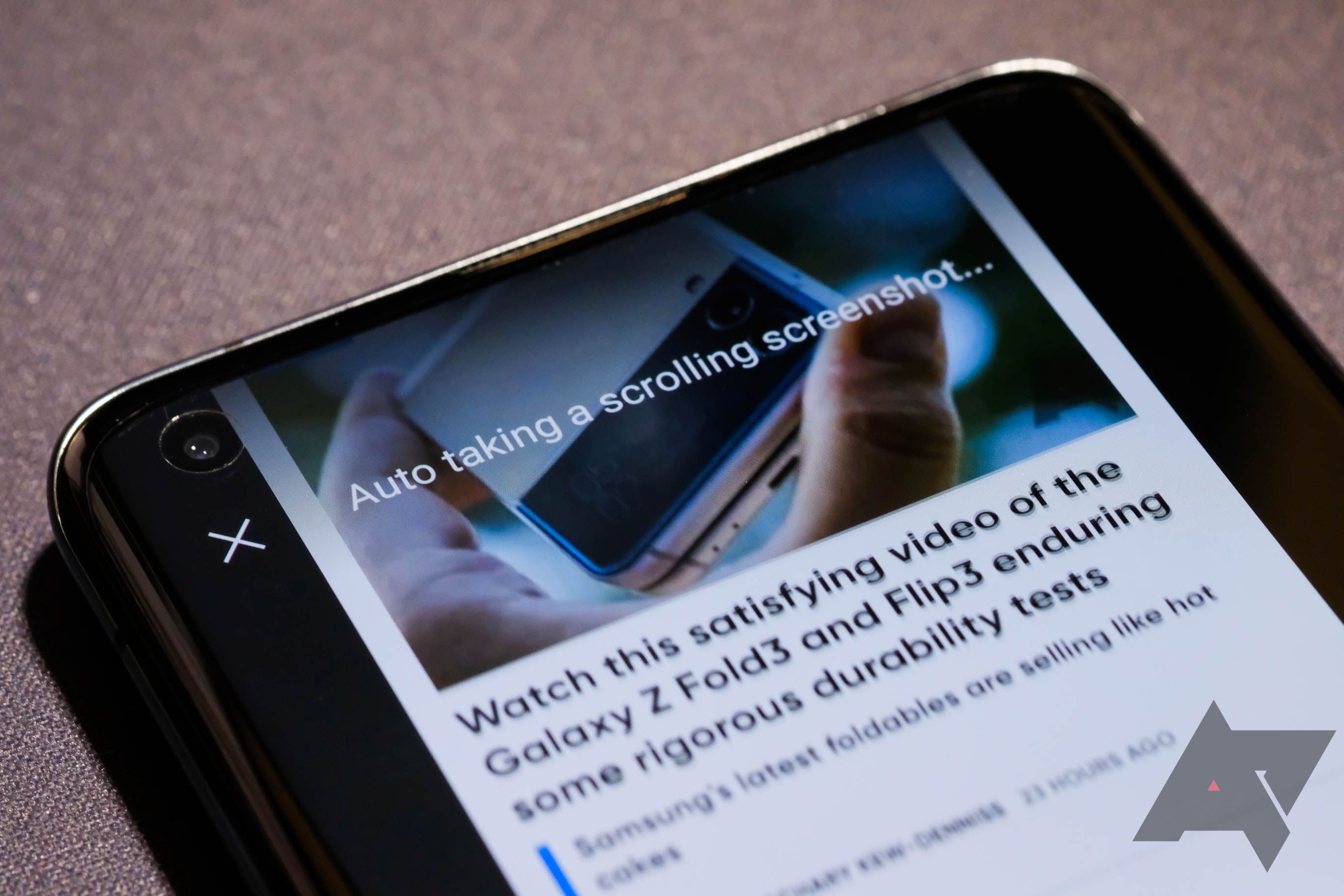Most of the time, when we talk about a new version of Android, it’s an image that is sort of tainted by our first experience of it on Google’s Pixels. It’s key to remember that Google’s vision is not what most customers will actually experience, and Pixels account for an almost ignorable tiny part of the market. Oppo, though, consumes a relatively large share of it, just not here in the US. Still, I was curious what ColorOS 12 will mean for its customers and the impact it might have on OnePlus. I’ll be honest, even though ColorOS has come far, The latest beta version is still not my favorite flavor of Android. But, I think a lot of customers that have grown disillusioned with Google’s vision might actually like ColorOS 12 better than Android 12 on a Pixel.
I got my ColorOS 12 taste from a Find X3 Pro last week over a few days, and halfway through my experience, I also got the chance to sit down with some folks at Oppo to talk about their Android 12 beta, discussing both the new features it has and, curiously, some of the features the company wisely elected not to include. They were quick to point out some of the more marketable features they wanted to hype and which I didn’t care much about, like their pointless take on Memoji called Omojii and a handful of small calibration improvements for the (admittedly, pretty cool) Color Vision enhancement feature for the colorblind that debuted with the Find X3 Pro. There’s also a “quick return bubble” feature for switching back and forth between messaging apps and games and Google Lens-integrated translation feature for the sidebar.
Although I was never impressed with Microsoft’s Your Phone companion and its linked Windows functionality, Oppo’s own solution isn't even ready yet. I’m told it won’t ship with Color OS 12. That’s planned for 12.1, and it will support things like dragging and dropping content to your phone and controlling it remotely.
But most of these changes don’t get me that excited. Many of them are the sort of reactionary “we can do that too” feature catch-up that helps marketing more than anything else. I’m primarily interested in how ColorOS now acts as a predictor for potential OxygenOS features, following the software merger, and what Oppo’s experience feels like coming from other skins like Google’s or Samsung’s.
Preface all of this with the fact that I’ve only really had a few days to use it — Oppo actually had to send me a Find X3 Pro at the last minute once the new beta was available for us bloggers because I didn’t have anything on-hand to try it out. (And it was pretty hard not to spend all that time just playing with the seriously rad microscope camera.) But coming directly from the Pixel’s version of Android 12, everything feels anachronistic in a software design sense, like I’m stepping back a few years to an older set of sensibilities. Google’s snazzy and minimally chic Material You design, so pervasive and apparent in Google’s launcher and system theme for Android 12 (not to mention a focus for updates with recent first-party apps), isn’t really here. Buttons are colorful in an almost gaudy way, and layout, icons, and even animations feel "off." Even things like the quick settings pull-down transition as the six-icon shortcut expands to the full list just sort of throws away two of the icons rather than come up with the sort of seamless transition Google had in Android 11 and 12 for Pixels. As the Android enthusiast refrain goes, "it's not stock."
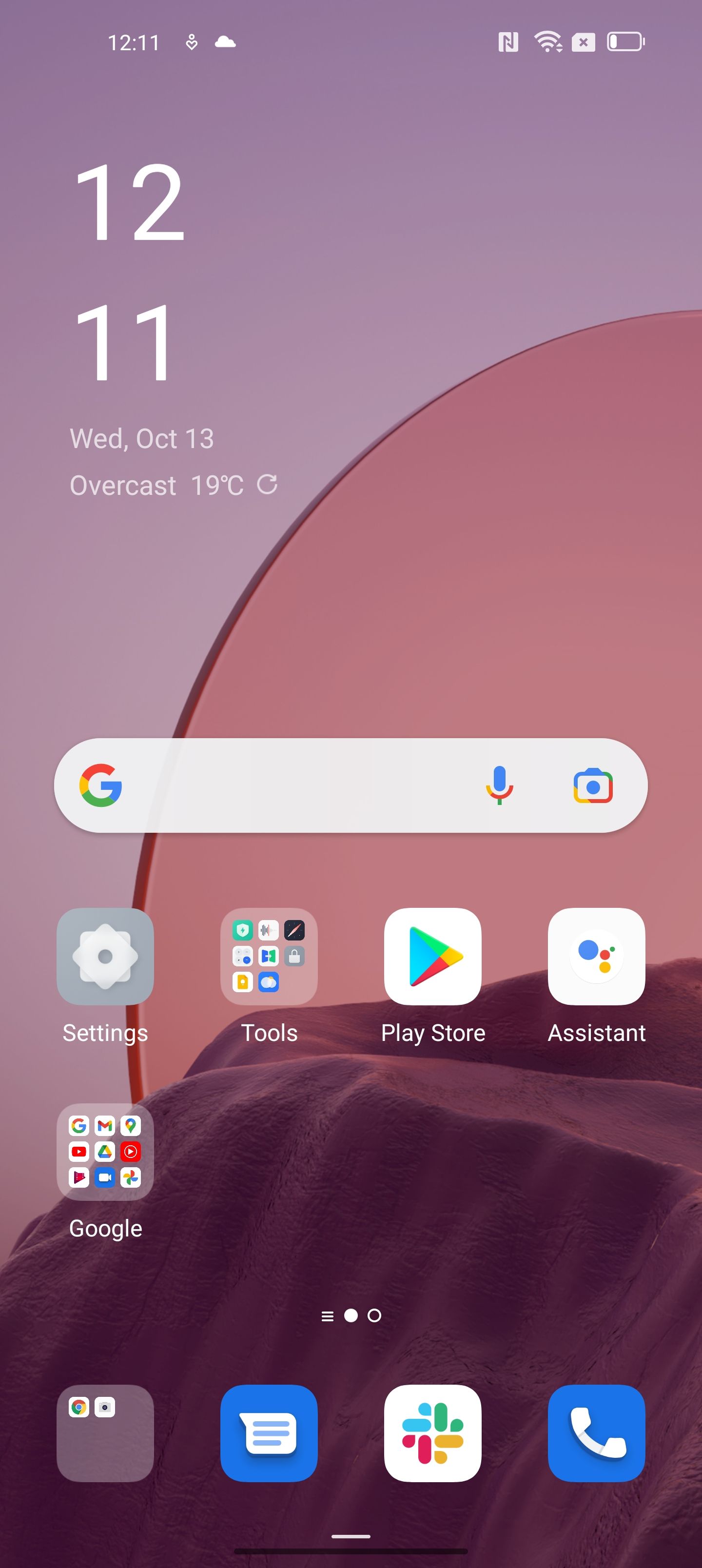
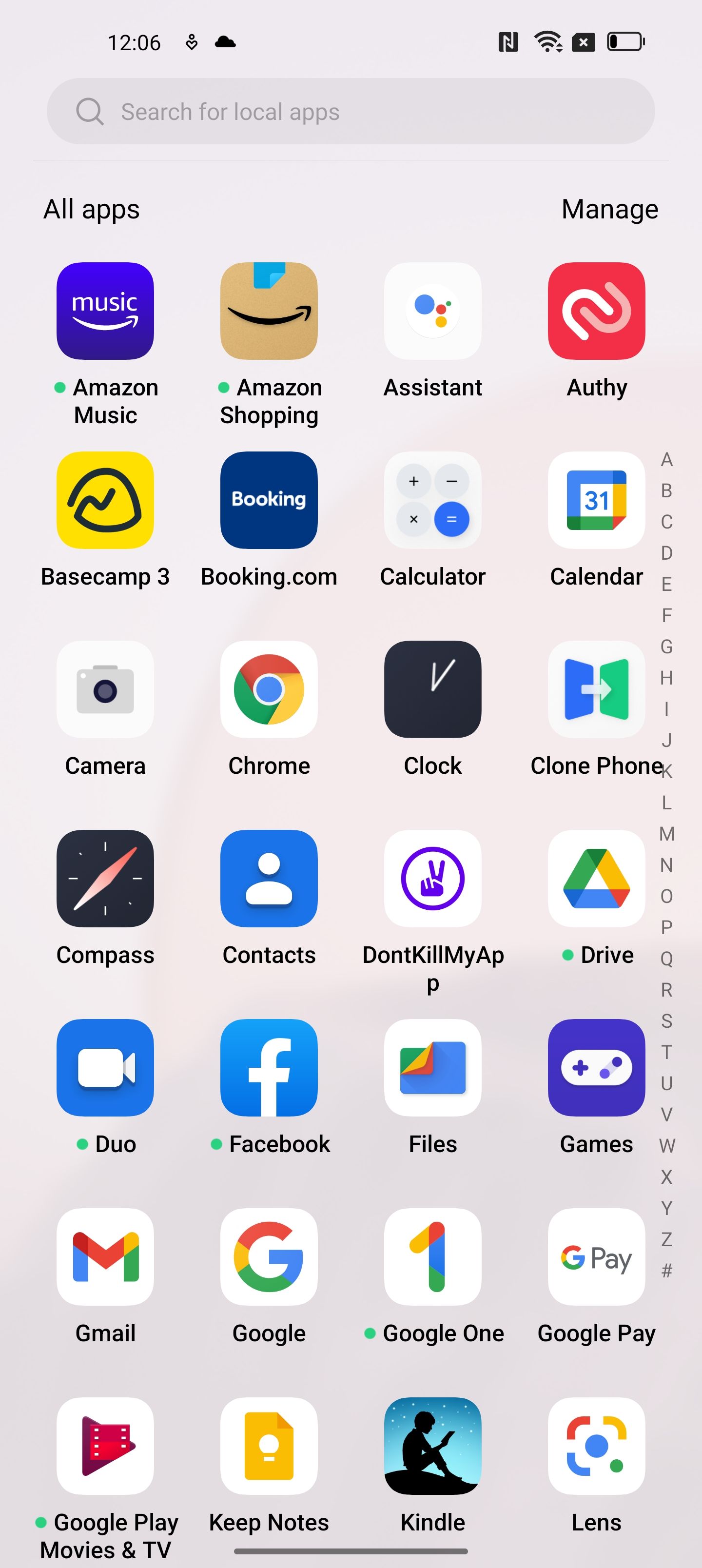
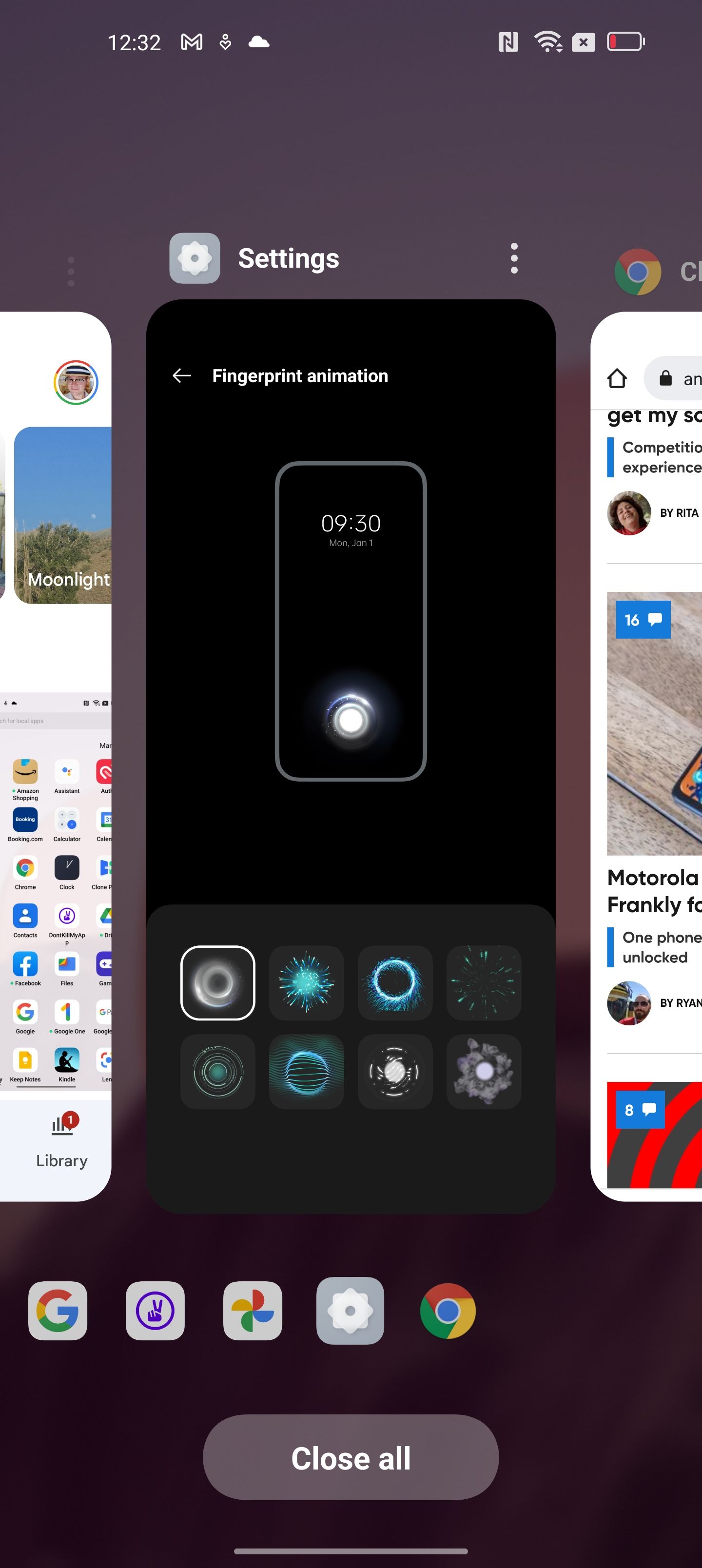
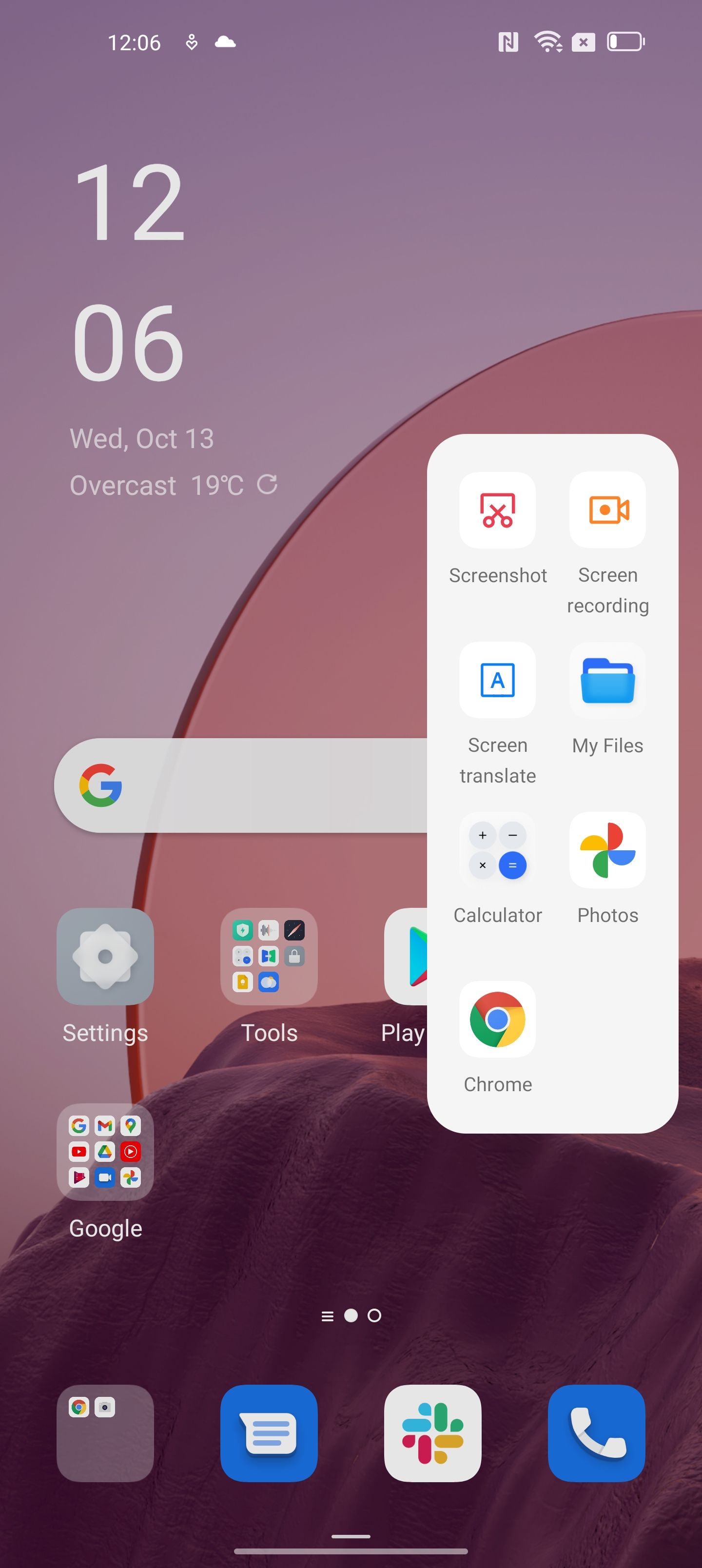
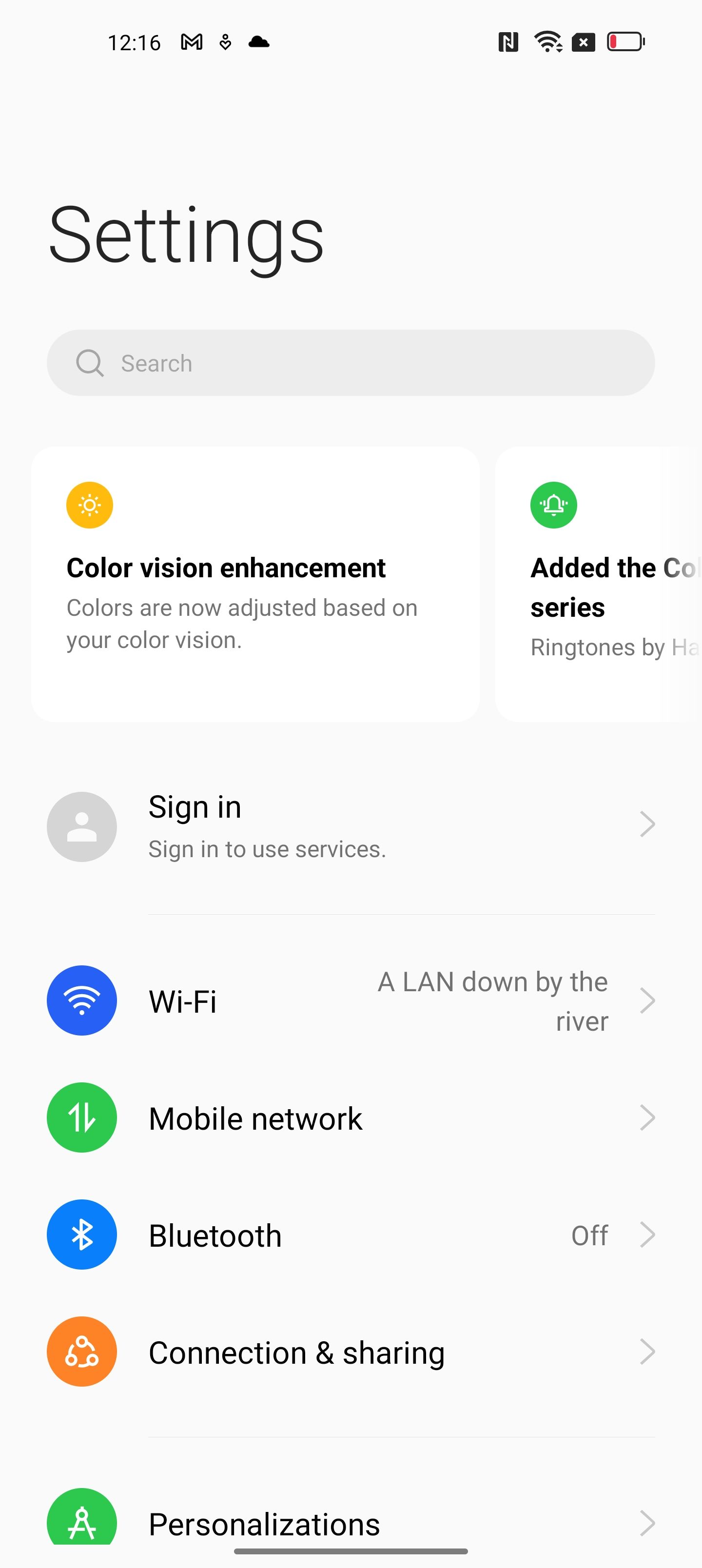
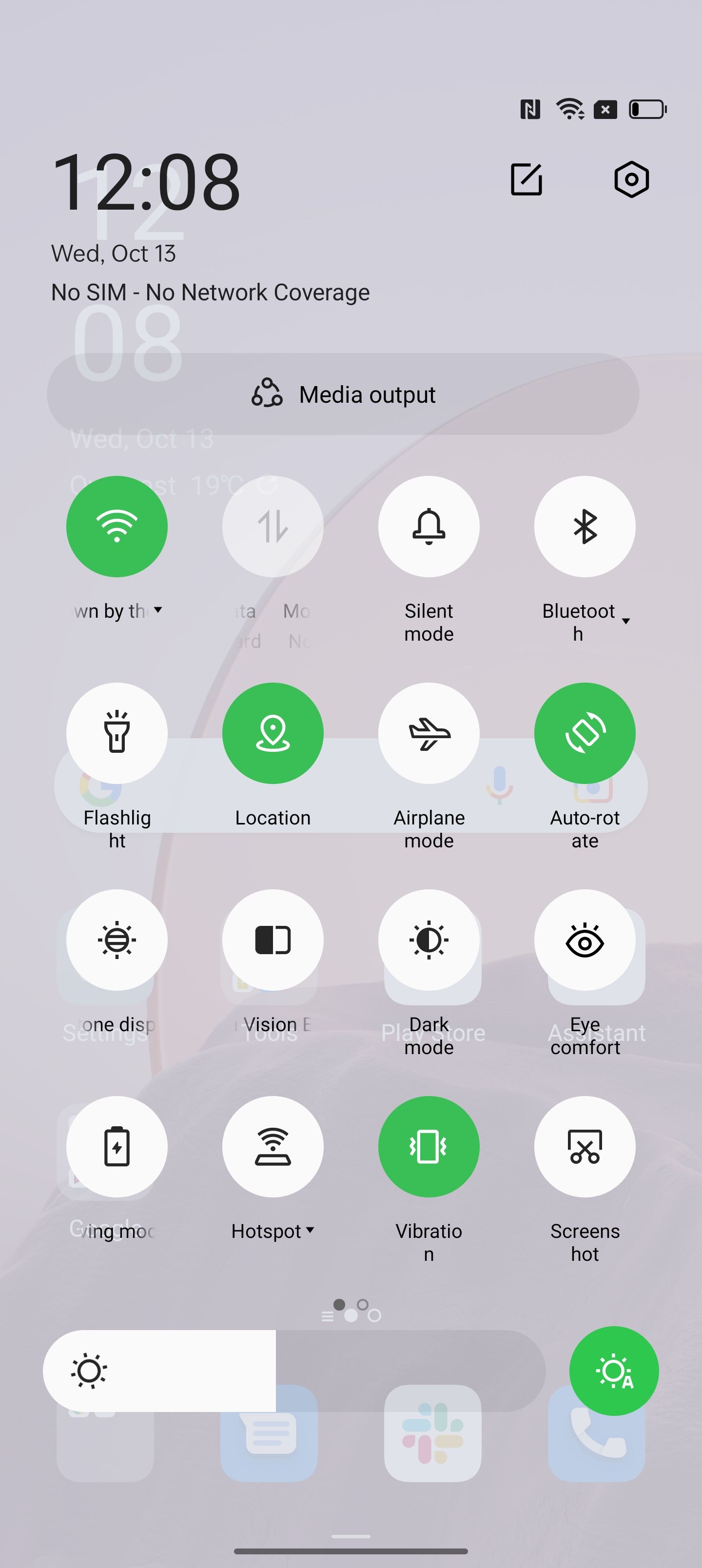
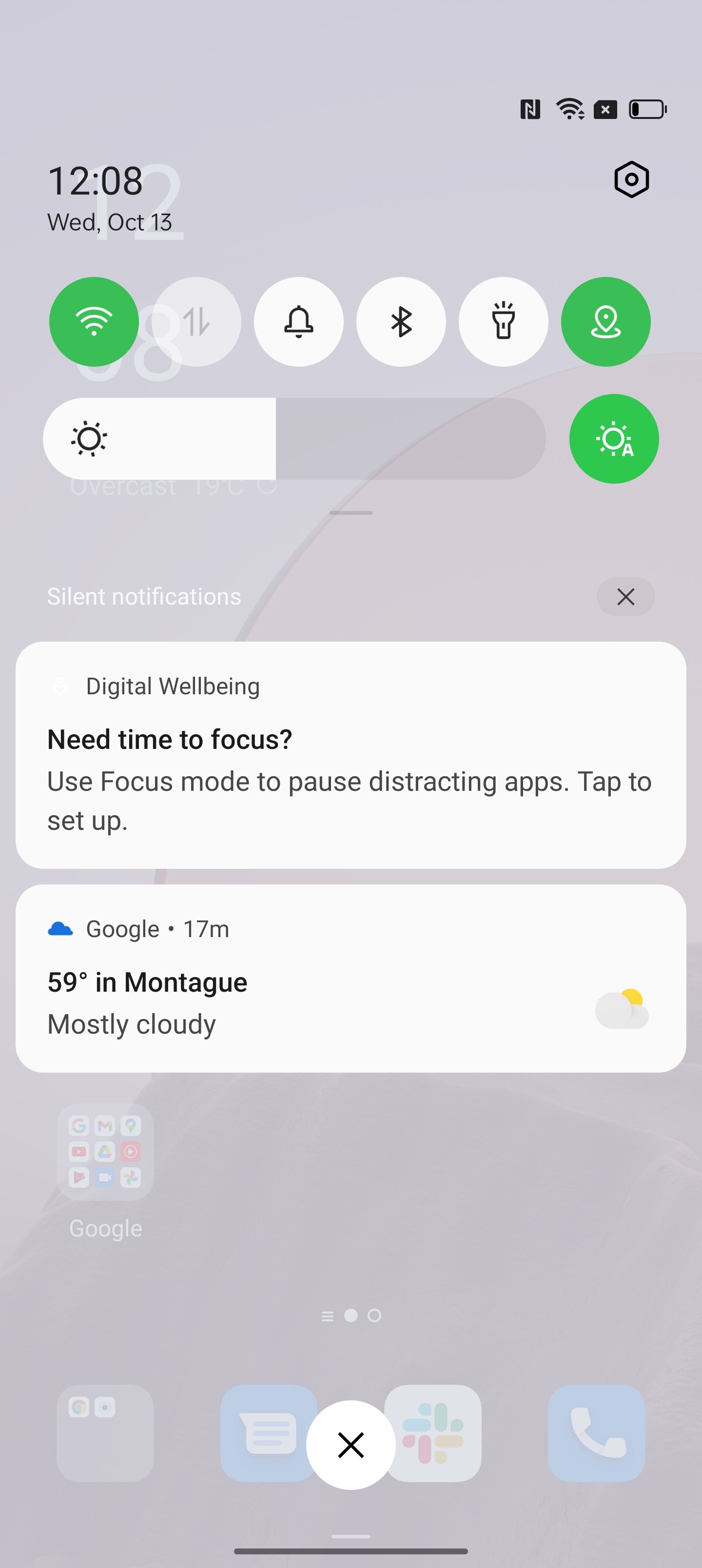
In one sense, that’s an imprecise criticism (which even I've been guilty of making), and lots of great Android software skins aren't "stock" either. I'd argue that Pixels don’t really run “stock” Android anymore, and Google is basically building its own Material You-themed skin on top now, and has been for years. But the intent behind that kind of vague criticism remains true: ColorOS 12 changes enough things that it feels "wrong" coming from most lighter-touch software skins common in this part of the world. Even the "back" navigation gesture doesn't have any haptic feedback by default. In a hundred tiny ways, all your years of conditioning and expectations using a Samsung, Pixel, Motorola, or Nokia phone will be broken by ColorOS in a way that makes everything feel unintuitive and slightly off. Still, compared to how things used to be, Oppo is almost restrained now.
I’m using “restraint” a little generously here because I think most people coming from a Pixel or Samsung skin will find Color OS to be a busy experience, and even just the app drawer, with the “all apps” and “manage” buttons paired with both a sliding alphabetical sorter and grayed-out text in the search box, feels a little visually overwhelming in that everything-at-once sense that used to be typical of Chinese-market Android skins. But the company is slowly learning to present a more intuitive and attractive UI that appeals more and more to my western design sensibilities, even if I don’t think it’s quite there yet, and some markets clearly prefer a busy look. The settings menu has actually been navigable for the last few years, and it doesn’t feel like there are eight different ways to find or do the same thing anymore. As the sheer number of features in our phones explodes, I like a more minimal, almost guided experience, like Google’s been pushing for. However, I think this is one of those instances where I have to admit that my personal opinion might actually be the “wrong” one (or, at least, not reflect the market), and most people will probably love ColorOS 12 and even prefer some of its changes compared to Google’s approach.
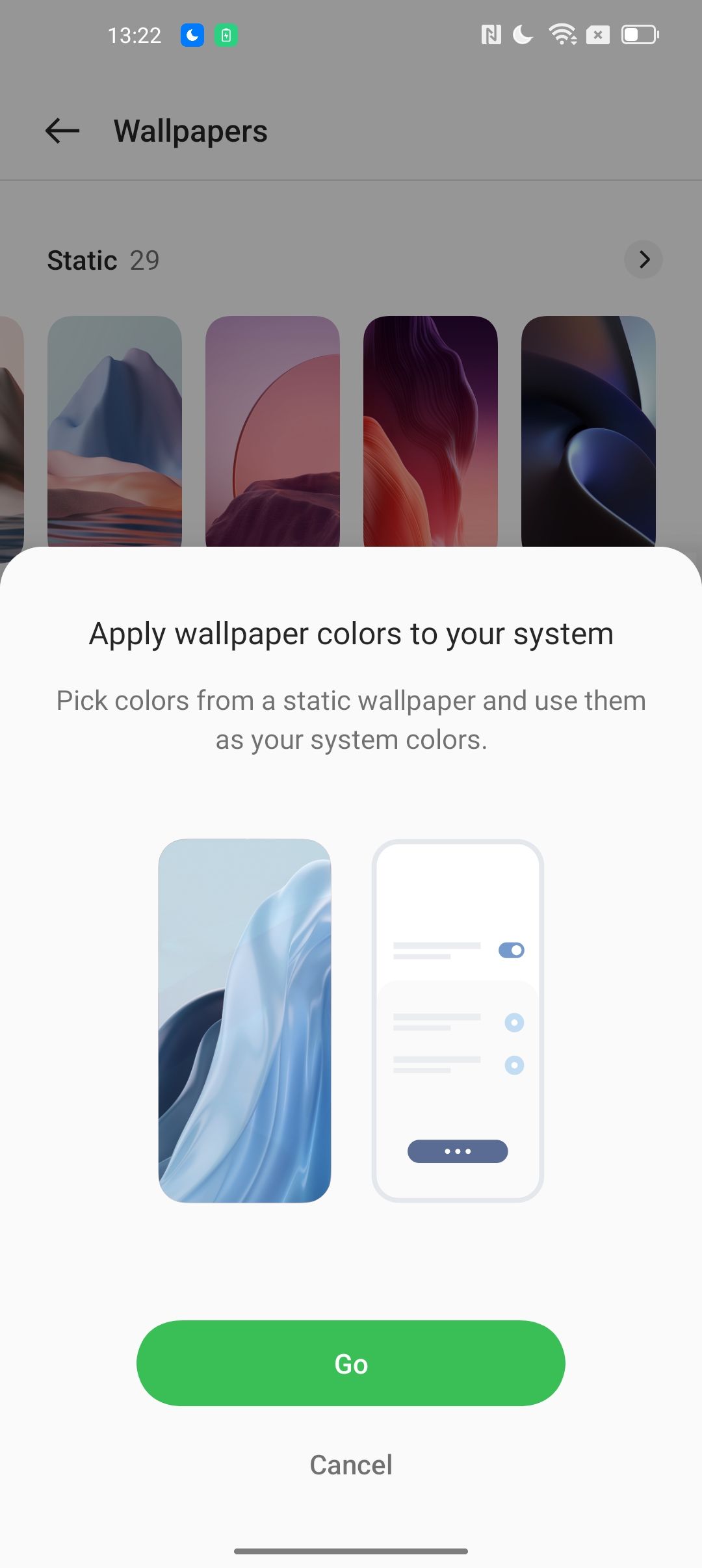
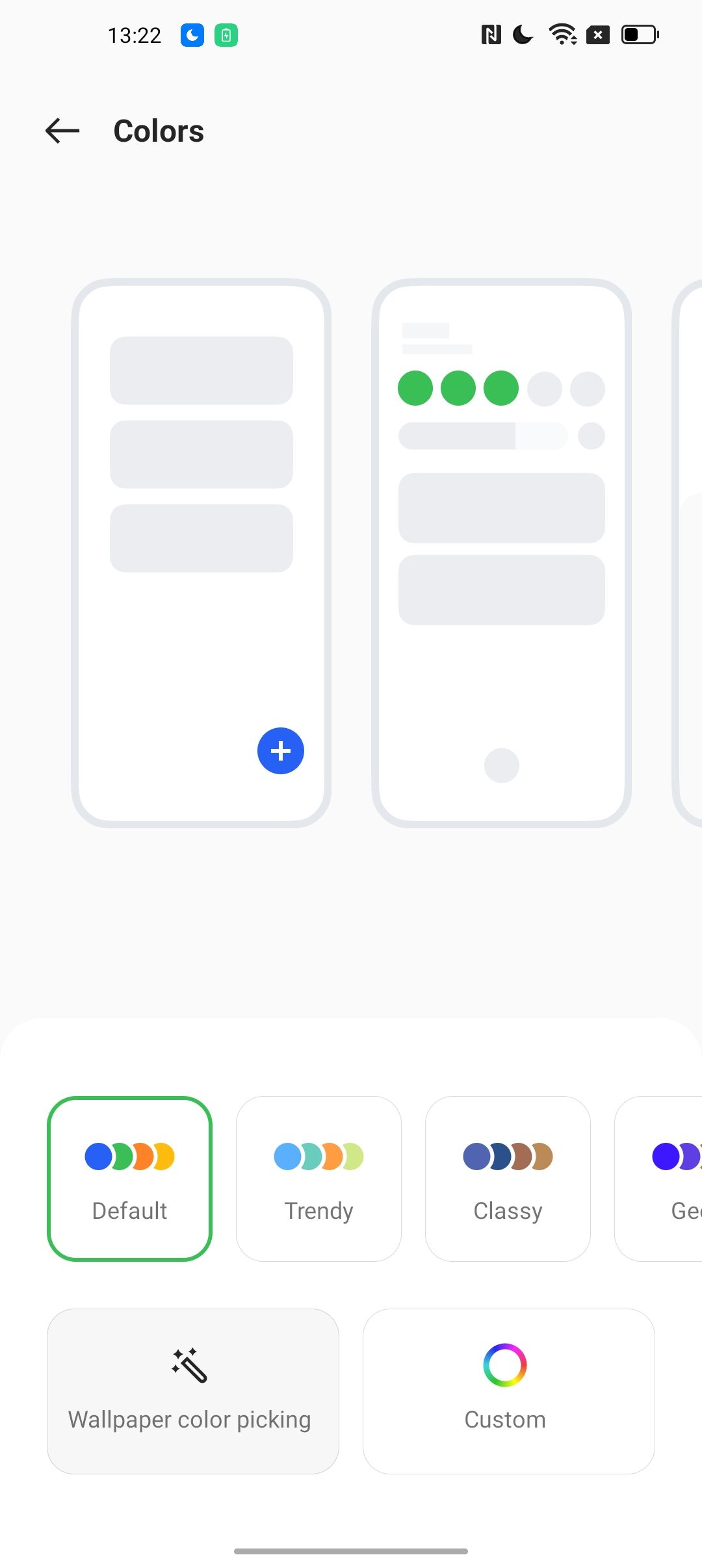
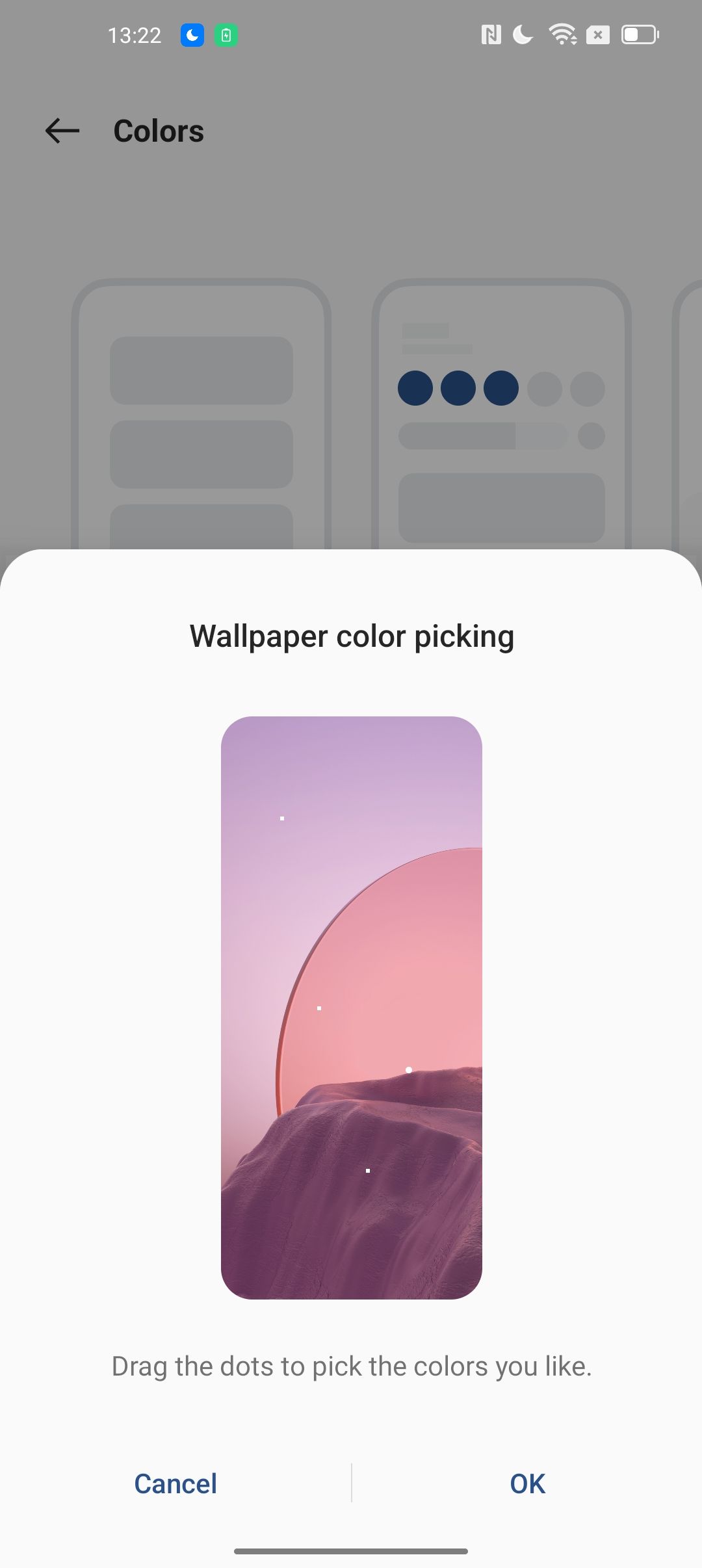
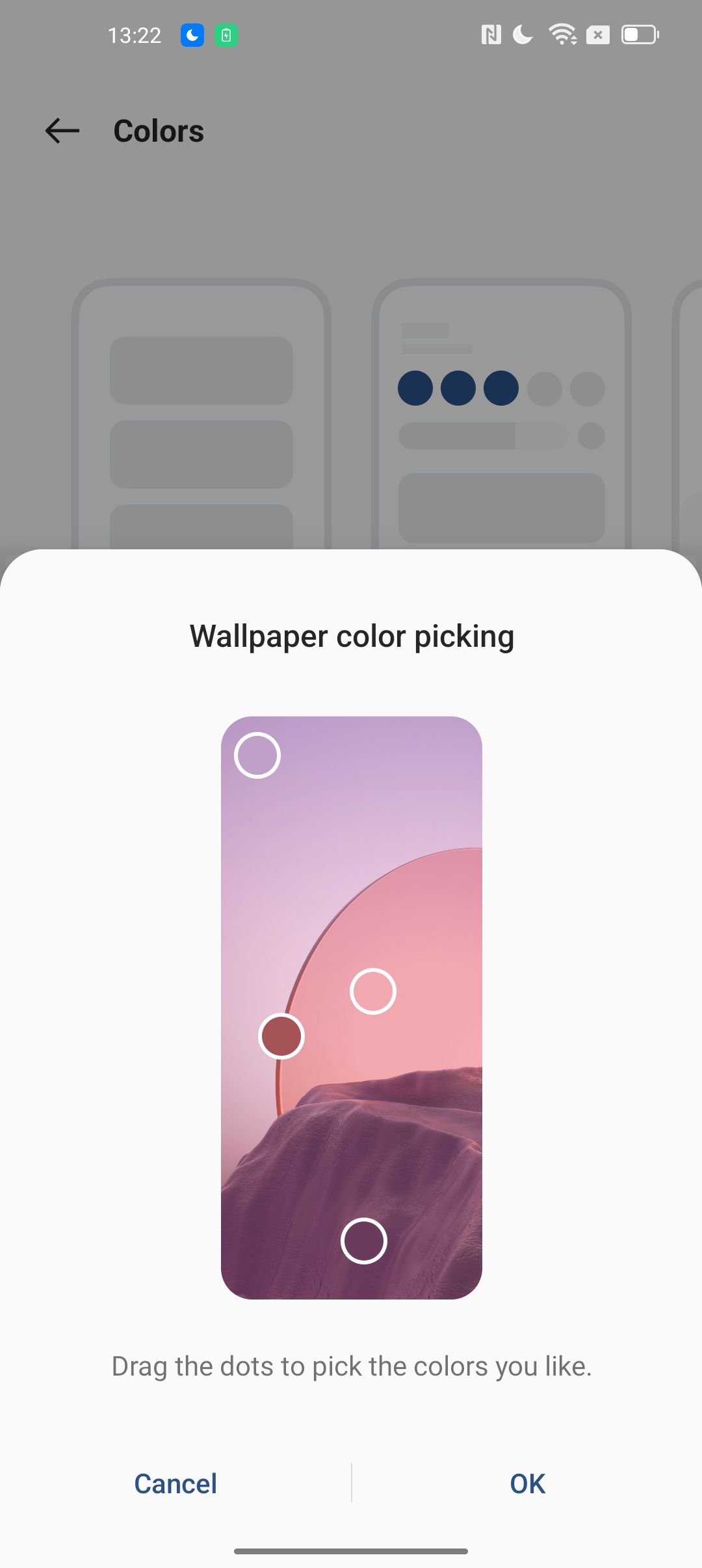
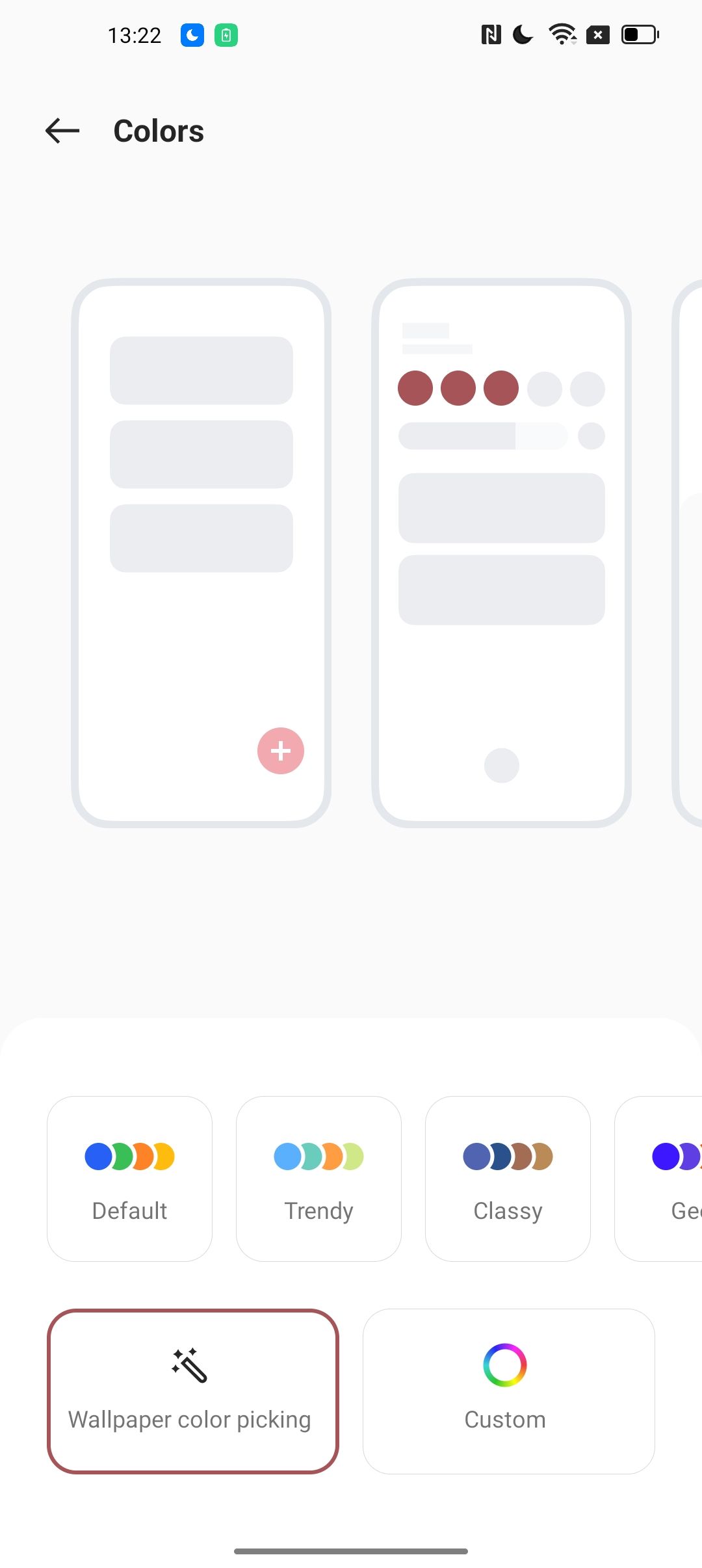
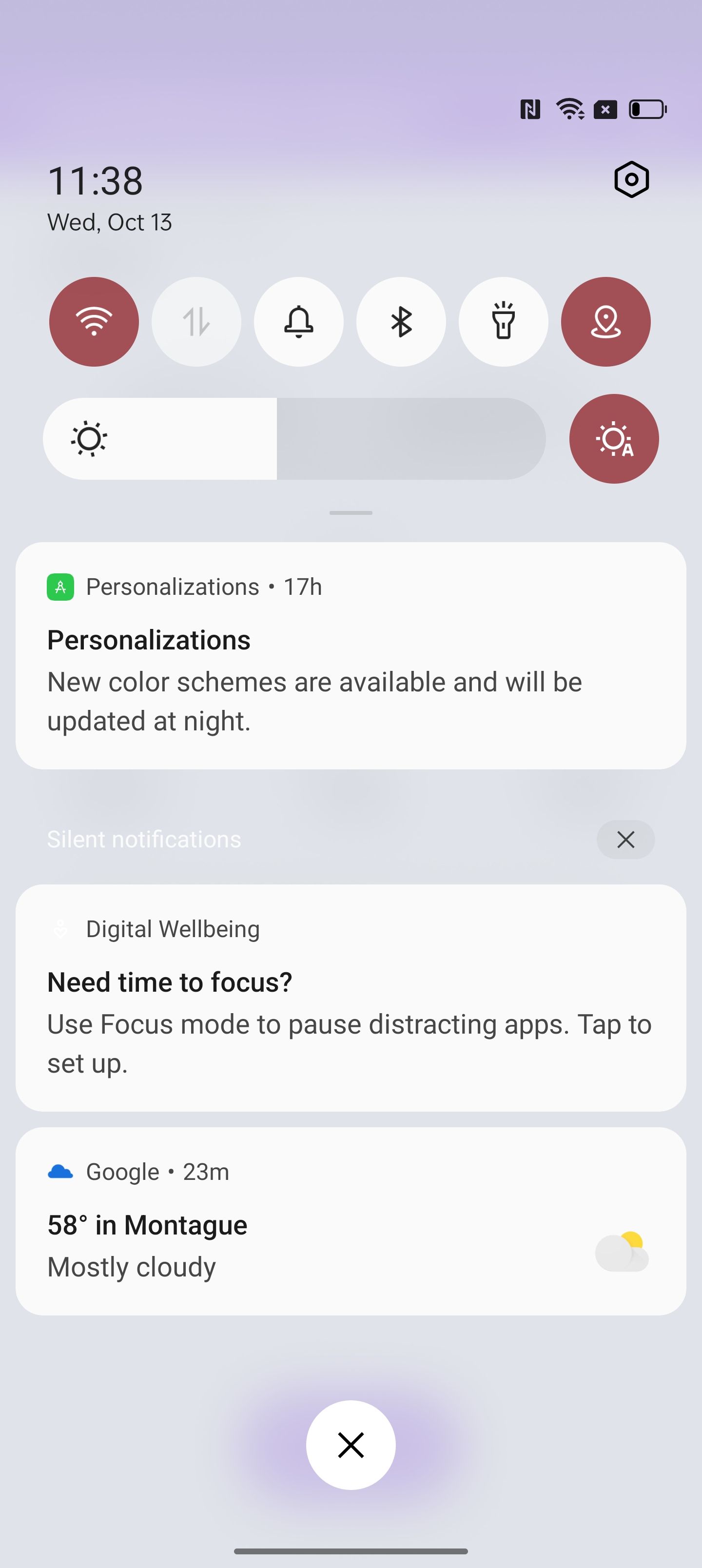
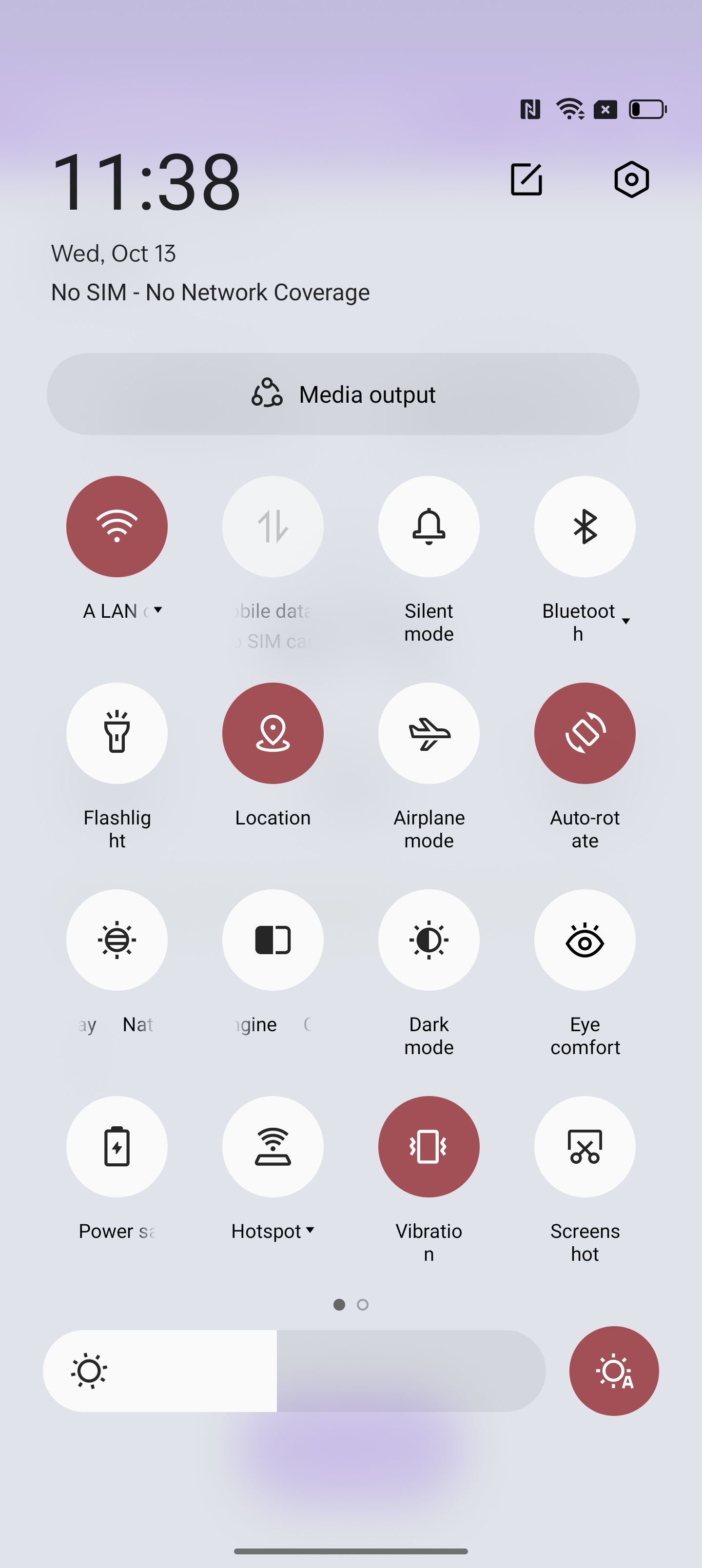
One great example is the fact that Oppo had to build their own wallpaper color theming system because Google’s isn’t actually part of Android 12, and won’t be available for other manufacturers until later. So, Oppo made their own, and it’s way more customizable. While a Pixel on Android 12 is happy to choose accent colors for you, Oppo’s system lets you either allow the system to automatically select them, let you pick from the wallpaper yourself, or even assign separate custom colors that have nothing at all to do with the wallpaper. (Though right now it doesn't play nice with Google's first-party Material You-compatible apps for some reason.) If the true heritage of Android is its customizability, arguably, Oppo’s approach is better.
Curiously, Oppo tells me it has also actively rejected at least one Android 12 feature, and I’d argue that’s the right move. While customers on ColorOS 12 will enjoy all the privacy enhancements like the new dashboard, the mic and camera access indicators, and the mic and cam quick settings toggles, the company tells me it’s actually keeping its old scrolling screenshot tool — which, I’d argue, works better than the one Google ostensibly spent the last 2-3 years working on for Android 12. And details like that actually make me pretty happy. Oppo is paying attention to which changes work and which don’t and cherry-picking at least some of the right ones.
It’s objectively a really tiny thing, but even that aspect is something that gives me a little optimism because it’s an attention to detail that could bleed over into OxygenOS. Admittedly, I haven’t had a chance to sit down and try out OnePlus’s early Android 12 betas yet. After my experience with the OxygenOS Android 11 betas, I’ve decided it’s wise to wait until later releases, so the changes seem less half-baked. Now that the Open Beta for OxygenOS 12 is here, the time is right — just as soon as I can find any.
When the OnePlus/Oppo software merger was announced, one of the biggest concerns was that all the BBK sub-brands would end up with nearly identical software. Under the hood, that’s unavoidably going to be true as they unify their development resources and respond to the sheer number of devices each company insists on releasing, and it’s already happening for some of the recent non-US models. That’s a change that could help OnePlus’s messy update situation, but few of us wanted our OnePlus phones to feel like Realme or Oppo devices.
Before that merger, OnePlus was paying at least some attention to what people liked and what they didn’t and integrating some of that feedback, like the return of a full AMOLED black dark theme and implementing an always-on display. They could have been doing more, sure, but not all of OnePlus’s “we’re listening to our customers” schpiel was lip-service. The company was genuinely paying attention to the small stuff, and Oppo clearly is as well with Color OS 12, too.
It’s early, and I might be reading too far into things, but details like this give me a little hope — both that OnePlus might come out of this situation okay even with the early (and seeminly justified) negative impressions of OxygenOS 12 and that Oppo’s software could eventually appeal to me, too.
Oppo is also delivering a new update commitment going forward, with three version updates and monthly patches for the Find X series promised. The Find Lite, Neo, Reno, F, K, and some other lower-end series are getting two years, mostly with quarterly patches, and the A-series is getting a year of updates quarterly. The company is also considering building a “lighter” version to upgrade even older or lower-end devices that otherwise might not have the literal storage space for ColorOS 12. All of this feels pretty late compared to the rest of the Android market, and at best, these durations meet the average. But I’ll always applaud update commitments, and I’m excited to see Oppo taking the long-term customer security impact of updates like ColorOS 12 more seriously.
Lastly, I’d like to stress that the ColorOS beta I played with was an early one. A bunch of planned features weren’t present or working correctly, and Oppo was up-front with me that a stable rollout isn’t yet scheduled, though I’m told it could land in 1-2 months. (I was supposed to get early access to a more updated version, but that never materialized.)
I’m not ready to pass judgment yet, but my entire experience is tinted by the fact that I’ve never been a big fan of ColorOS. It still feels subtly “wrong” to me in a way that a lot of the Chinese OEM skins do, and OnePlus’s Oxygen OS was unique for a long time for me, standing out as an exception that truly felt comfortable. But if Google’s version of Android 12 feels “wrong” to you, you might actually really like ColorOS 12 and its denser, more user-configurable approach.

